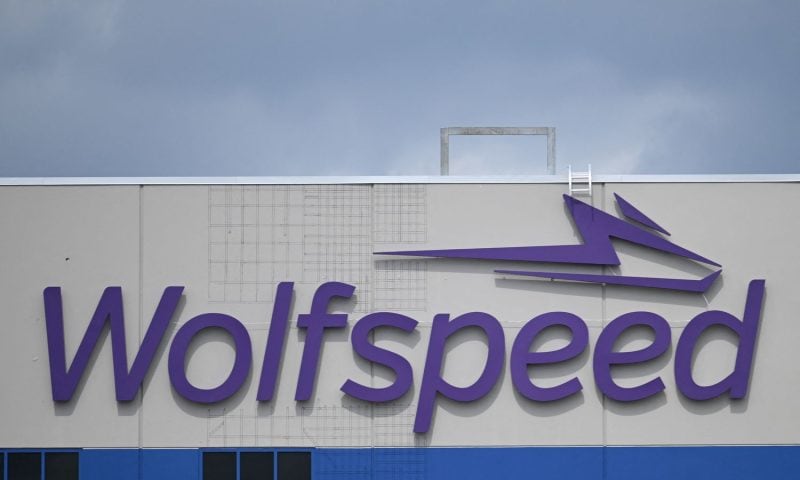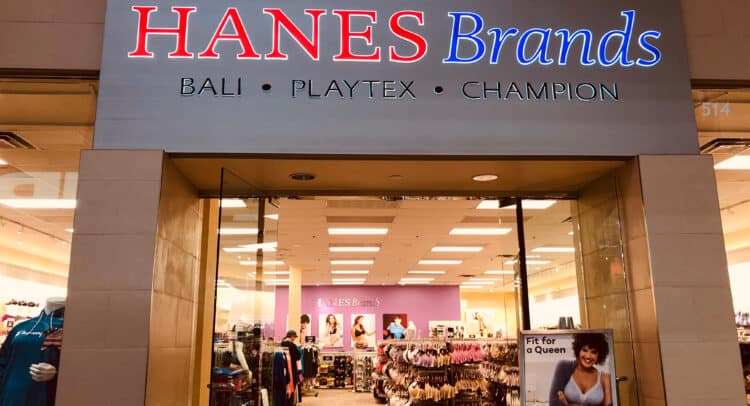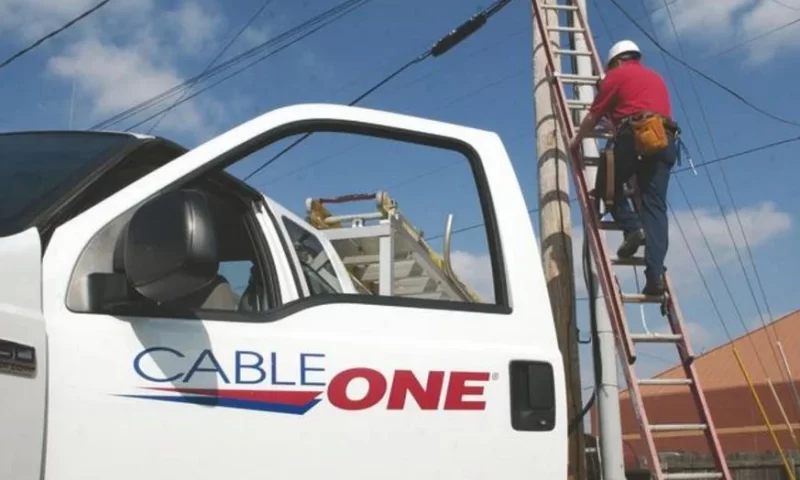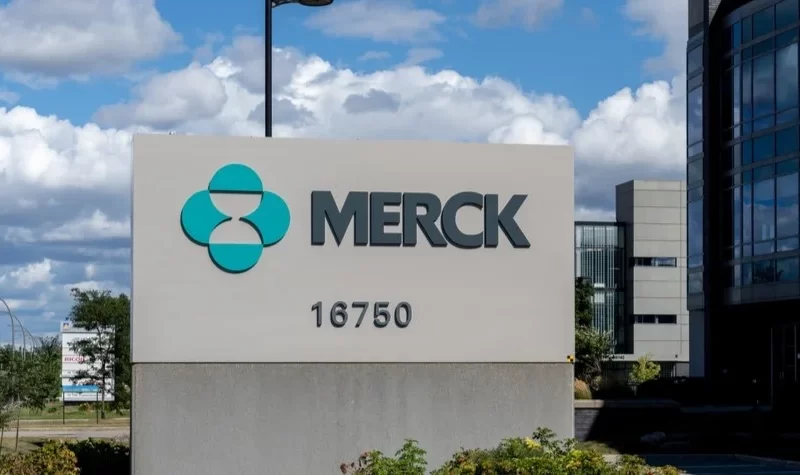Wolfspeed (NYSE:WOLF) Shares Gap Down to $21.71
Wolfspeed, Inc. (NYSE:WOLF – Get Free Report)’s stock price gapped down prior to trading on Tuesday . The stock had previously closed at $21.71, but opened at $21.07. Wolfspeed shares last traded at $21.60, with a volume of 153,378 shares traded.



















